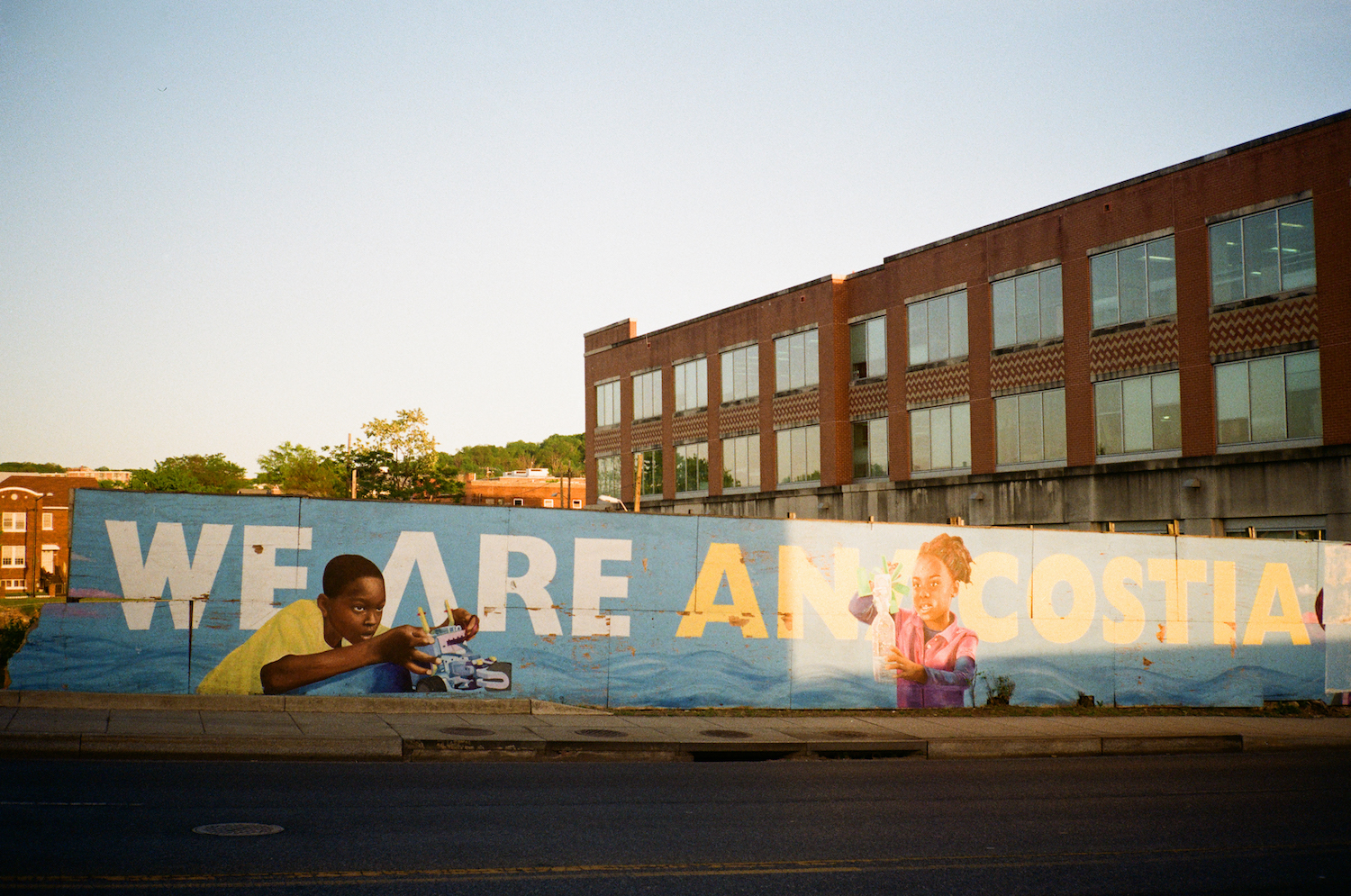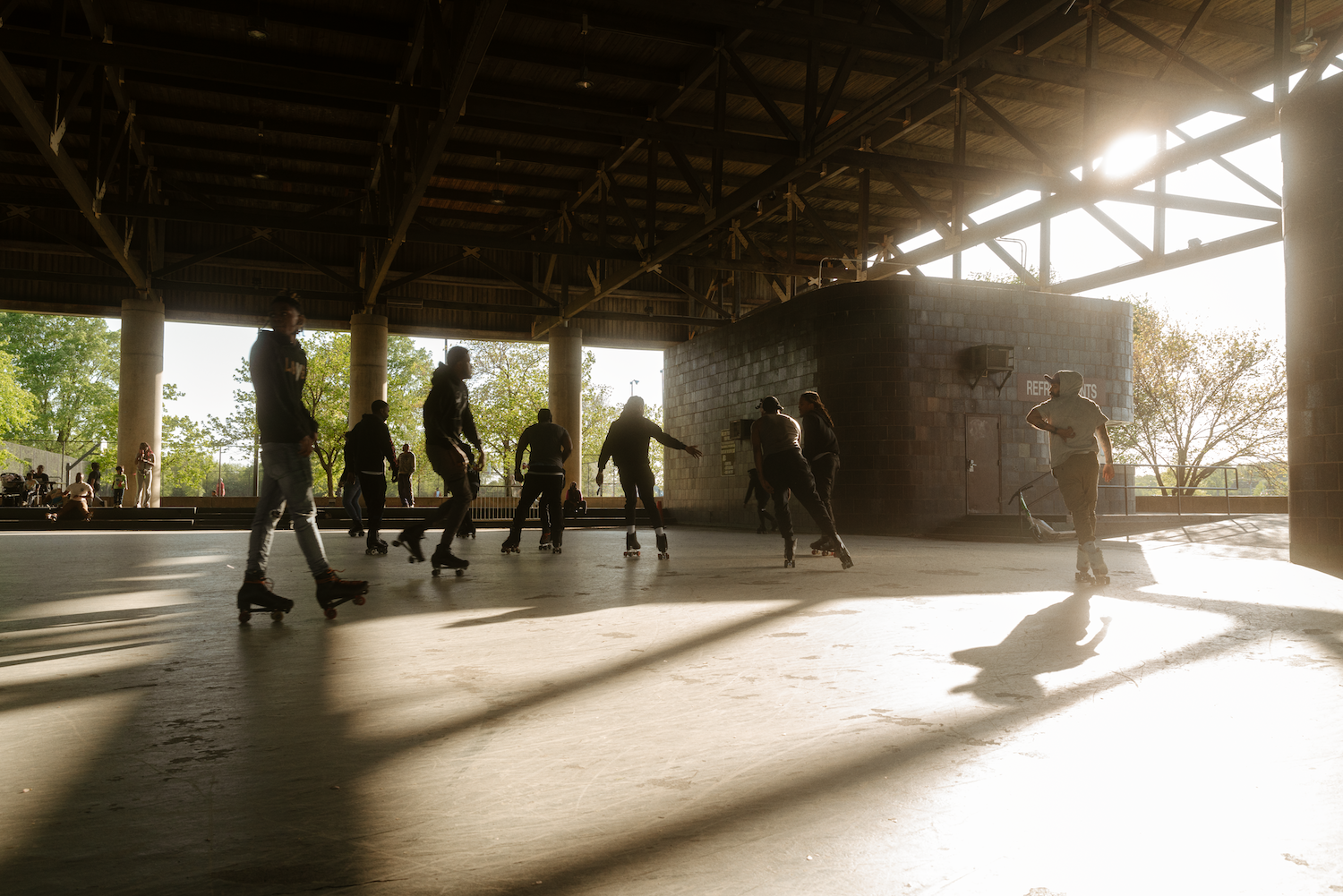
At more than 1,100 acres, Anacostia Park is substantially larger than Manhattan's Central Park, but some residents of Washington, D.C.'s historically underserved neighborhoods have struggled to access this vast green space in their own backyards.
Around 100 million U.S. residents, about a third of the country's population, don't have a public park or outdoor recreation area within a 10-minute walk of their homes. "When you dig just one layer down, roughly 73 percent of those 100 million people identify as people of color," said Wilma Wallace, chief diversity and social impact officer at the outdoor gear retailer REI Co-op. "That isn't a coincidence. It's the result of decades of systemic racism in our society."
This so-called "nature gap" inspired REI to launch the Outside in 5 campaign. With the ultimate aim of allowing every American to access green space within a five-minute walk from home, the effort channels capital to community nonprofits that support access to the outdoors and calls on U.S. lawmakers to fund green spaces in underserved communities by passing the bipartisan Outdoors for All Act.

Understanding the U.S. "nature gap" and racism in design
REI selected one of its longstanding partners, Friends of Anacostia Park, as the featured organization for the launch of Outside in 5, because the story of the nonprofit and the community it serves sadly mirrors how racist design decisions have impacted U.S. communities for generations.
Anacostia Park spans 1,100 acres along the Anacostia River in Washington, D.C. Much of the park runs adjacent to Wards 7 and 8, home to historically Black neighborhoods that have faced chronic disinvestment and are still among the city's poorest. Though they're neighbors to the park, a stretch of interstate highway cut residents of the Anacostia neighborhood and surrounding communities off from accessing it.
"Interstate 295 cut through the park, separated it from the surrounding community and really divided the park as well," Wallace said. "It’s the story of so many communities, particularly communities of color, in this country. The highway infrastructure was built through neighborhoods — either dividing communities and/or cutting neighborhoods off from access to public goods like parks, swimming pools and other things that really bring a community together."
Historians point to similar examples in cities including Miami, Nashville, New Orleans and Kansas City, where freeways took noticeable detours to cut through Black neighborhoods. An estimated 1 million Americans were displaced by interstate construction, and most of them were Black people, other people of color, and low-income people.
This wasn't by mistake. In some cases, "not in my backyard" syndrome within wealthy white neighborhoods sent developers searching for alternate locations where residents had fewer resources to resist. In others, it was something even worse.
"In many cases, state and local governments, with federal acquiescence, designed interstate highway routes to destroy urban African American communities," historian Richard Rothstein, who specializes in housing policy, wrote in his 2017 book The Color of Law: A Forgotten History of How Our Government Segregated America.
In 1938, for example, "Secretary of Agriculture (and subsequently Vice President) Henry Wallace proposed to President Roosevelt that highways routed through cities could also accomplish 'the elimination of unsightly and unsanitary districts,'" Rothstein wrote. As the interstate system took shape in the 1950s and 1960s, "Mayors and other urban political leaders joined in, seizing on highway construction as a way to overcome the constitutional prohibition on zoning African Americans away from white neighborhoods near downtowns."
President Joe Biden's Infrastructure Plan earmarked $1 billion to reconnect Black neighborhoods that were impacted by racist design decisions including the construction of interstate highways. But community work is needed, too, both to address the physical barriers and to help heal the hurt of generations of division and disinvestment.
In Washington, D.C., Friends of Anacostia Park has worked to reclaim access to the city's largest green space. It has revitalized neglected areas of the park, opening up new routes for neighborhood residents to safely access it. The park now hosts amenities including a roller rink, barbecues and playground areas, and the nonprofit partners with the National Park Service to implement improvements suggested by residents of Wards 7 and 8 to better reflect their vision for the park.

How Outside in 5 and companies like REI can help
REI and the Outside in 5 initiative will support a slate of summer programming, adding to the outdoor activities and youth enrichment programs already offered in Anacostia Park.
On the surface, hosting events and summer parties may seem small in the face of such monumental challenges, but efforts like these speak to the nuance of expanding access to something like the outdoors, Wallace said. It's not just about removing physical barriers — it's also about creating space that allows people to feel comfortable enjoying their time outside in a way that makes sense for them.
"How do you recreate the narrative around what it means to be in the outdoors?" Wallace said. "It doesn't mean climbing a 16,000-foot mountain. It can be walking around your neighborhood. It can be sitting on your stoop and watching nature. It can mean, hopefully, accessing green space that is within five minutes of your door."
The company aims to bring similar efforts to more communities across the U.S. in the coming years, in partnership with locally-led nonprofits like Friends of Anacostia Park. Customers who enter REI stores and shop on its website will be prompted to learn more about the effort and how they can help, including tools that make it easy to contact their congressional representatives in support of the Outdoors for All Act.
While it's too early to tell what the outcome of the program will be, a similar effort — REI's Cooperative Action Fund, which launched in 2021 to support community groups that expand access to nature among historically underserved communities — is already showing signs of success.
The fund received more than 1 million individual donations from REI customers, co-op members and employees within its first 18 months. It has already distributed $4 million from individual donors and REI to 40 nonprofits that open up access to the outdoors. Those groups include Rails to Trails — which looks to convert unused rail corridors into public green space, with more than 24,000 miles of rail-trails already in use across the U.S. — and Boston-based Bikes Not Bombs, which aims to use the bicycle as a "vehicle for social change" in Black communities.
REI will donate $5 from every new co-op membership to the Cooperative Action Fund as part of the Outside in 5 campaign. The fund plans to announce investment in another 250 nonprofits this fall, all aimed at creating equity and access in outdoor spaces, Wallace said.

The work goes on (and on, and on...)
These efforts build on REI's 2021 commitment to work toward becoming an "inclusive, anti-racist, multicultural organization.” Wallace knows these are lofty words, but argues that putting them on paper sets the company down a path toward where it needs to be.
"We realize this is not something that's going to change in a month or a quarter, which is how many businesses measure their impact, but that this is a long-term, multi-year, generational commitment," she said. "We're trying to address, reverse and, to some degree, dismantle hundreds of years of systems, policies, laws, practices and culture that have created a country that has a hierarchy of race and power and access to privilege."
So far, the effort includes internal education sessions on anti-racism, changes to the company's product impact standards to ensure what it sells is inclusive to all customers, a $30 million investment fund to support founders of color looking to enter the outdoor industry, and outdoor access programming like Outside in 5.
The Outside in 5 effort will be supported by REI's Cooperative Action Network, which allows customers to engage in activism online by contacting their representatives in support of policies that address inequitable systems and expand access to the outdoors. Click here to contact your local lawmakers in support of the Outside for All Act, and find more ways to get involved.
Images courtesy of REI

Mary has reported on sustainability and social impact for over a decade and now serves as executive editor of TriplePundit. She is also the general manager of TriplePundit's Brand Studio, which has worked with dozens of organizations on sustainability storytelling, and VP of content for TriplePundit's parent company 3BL.














